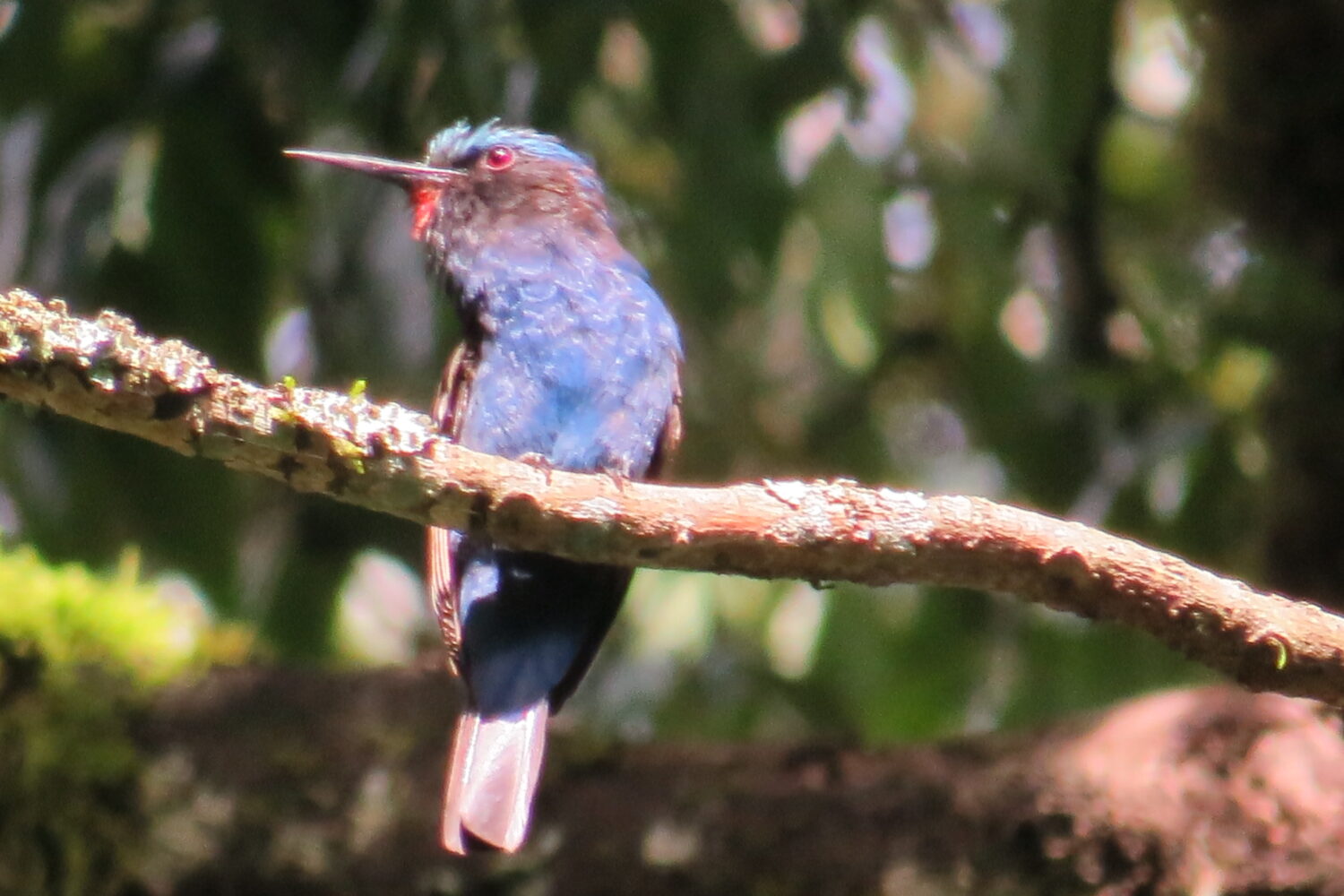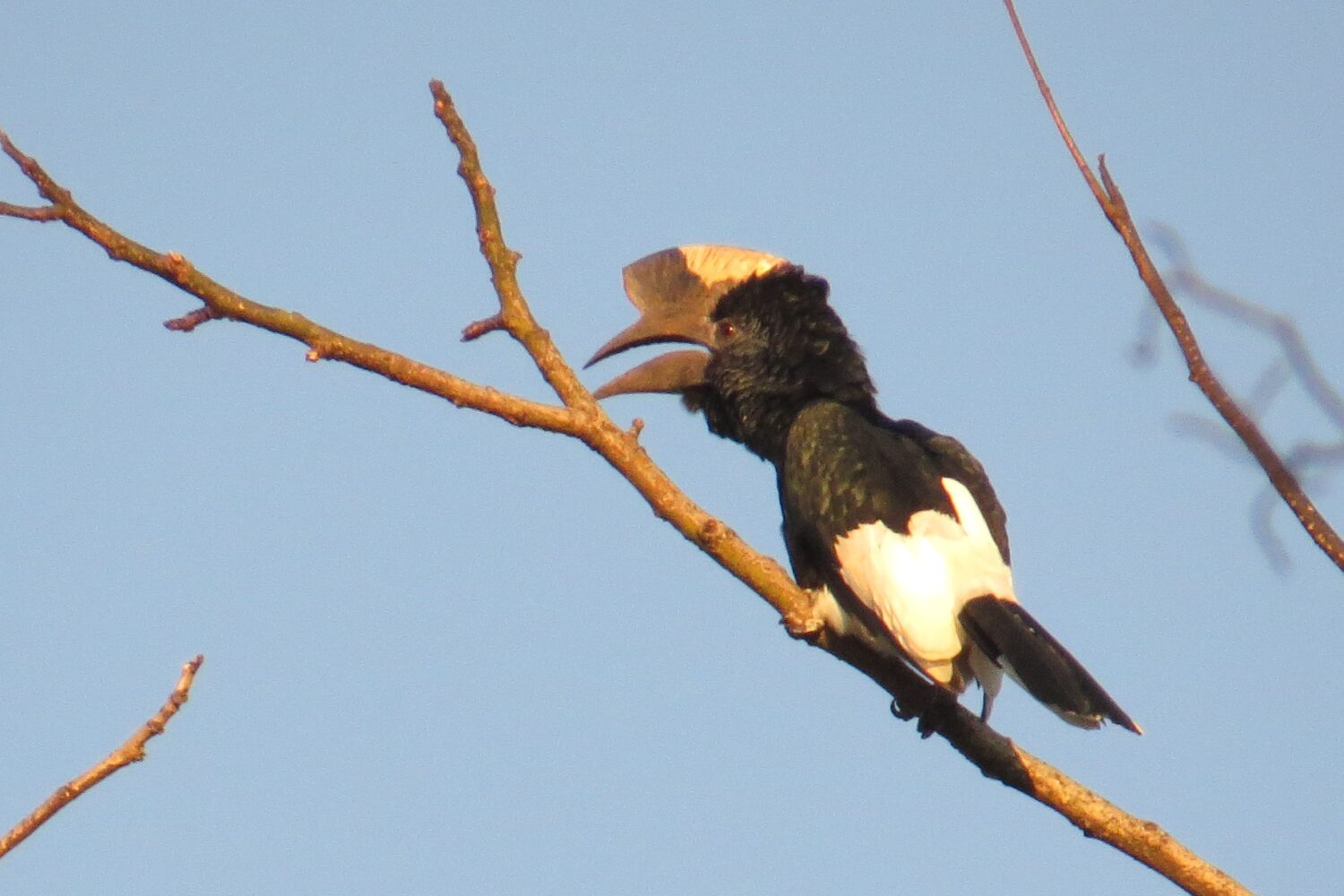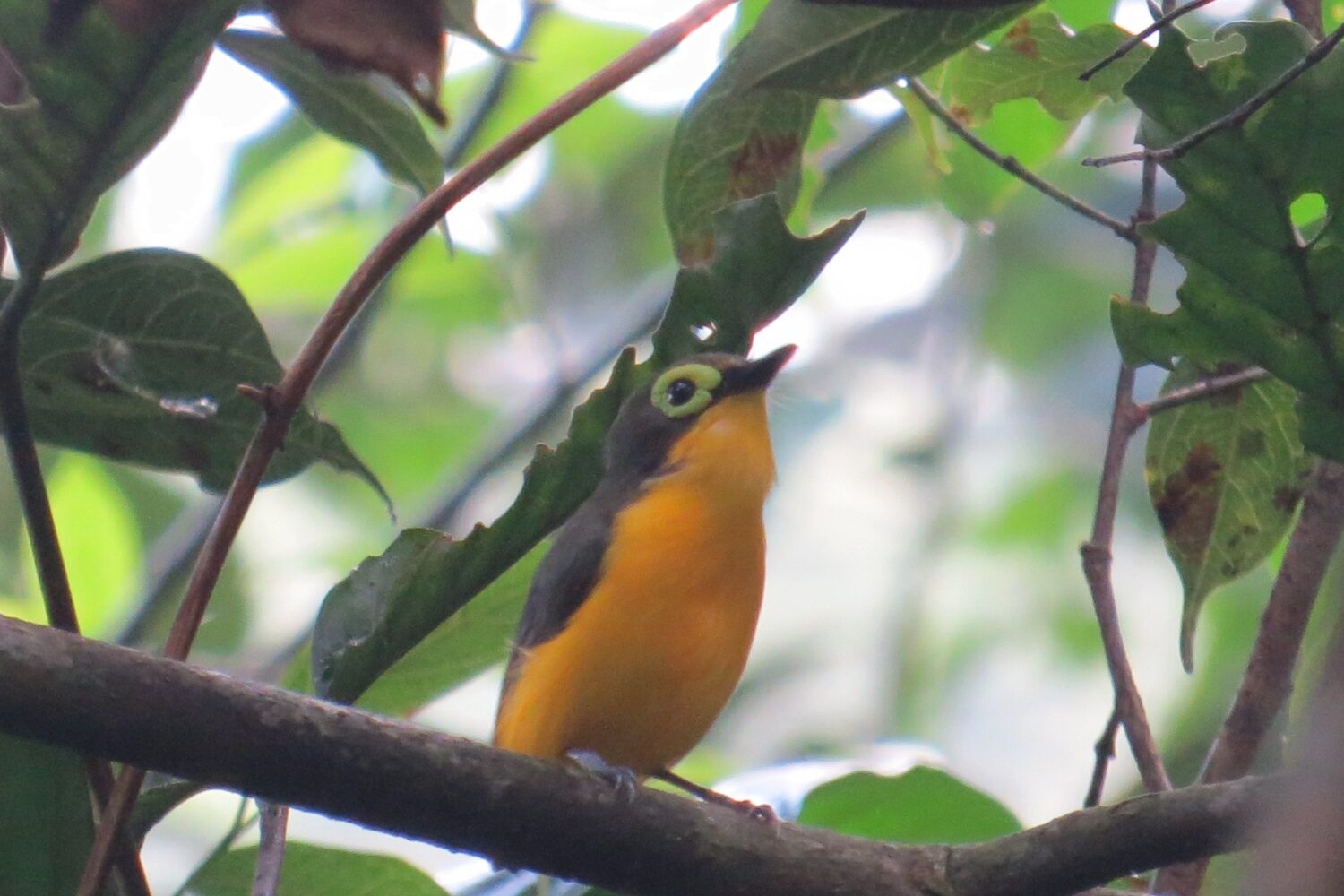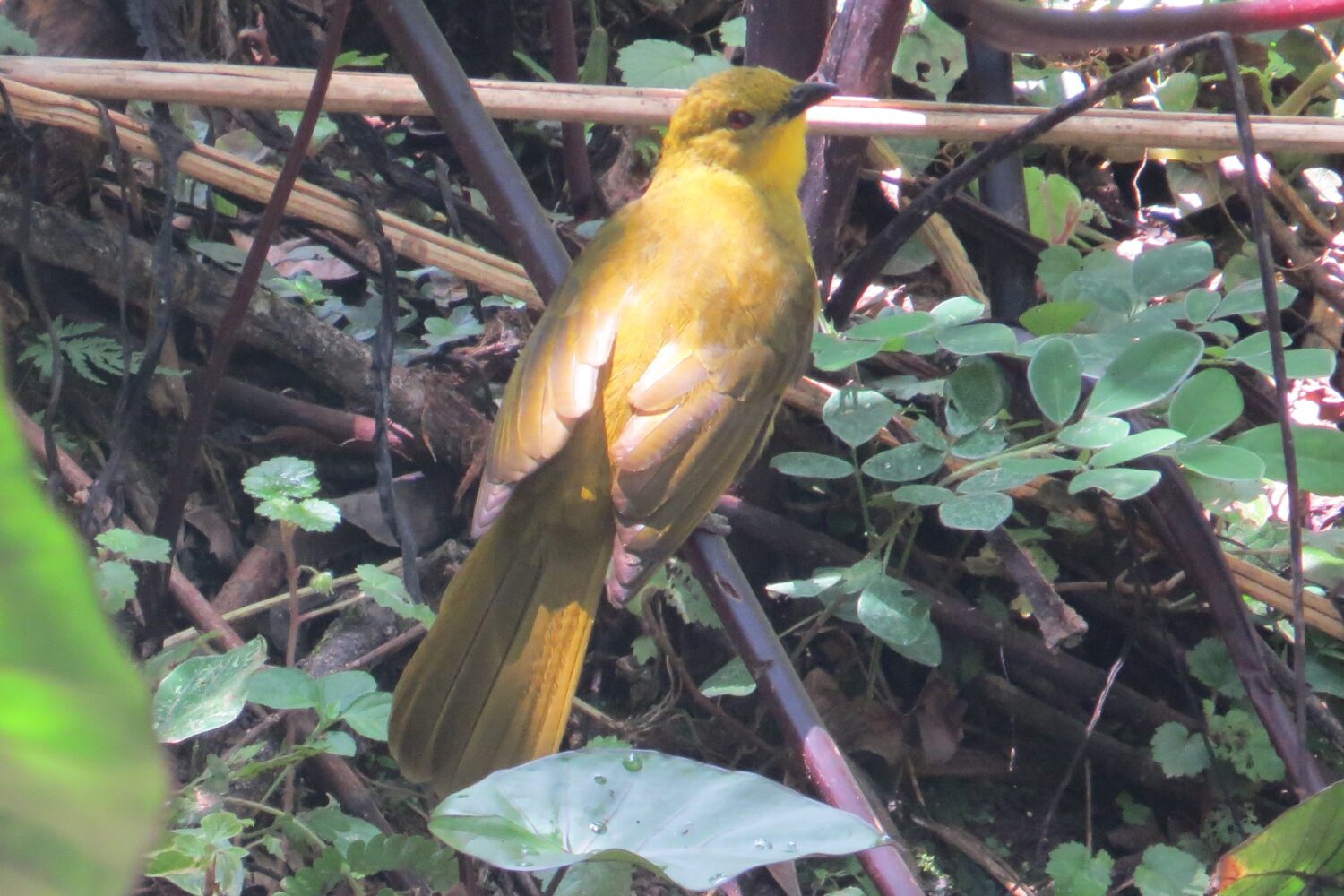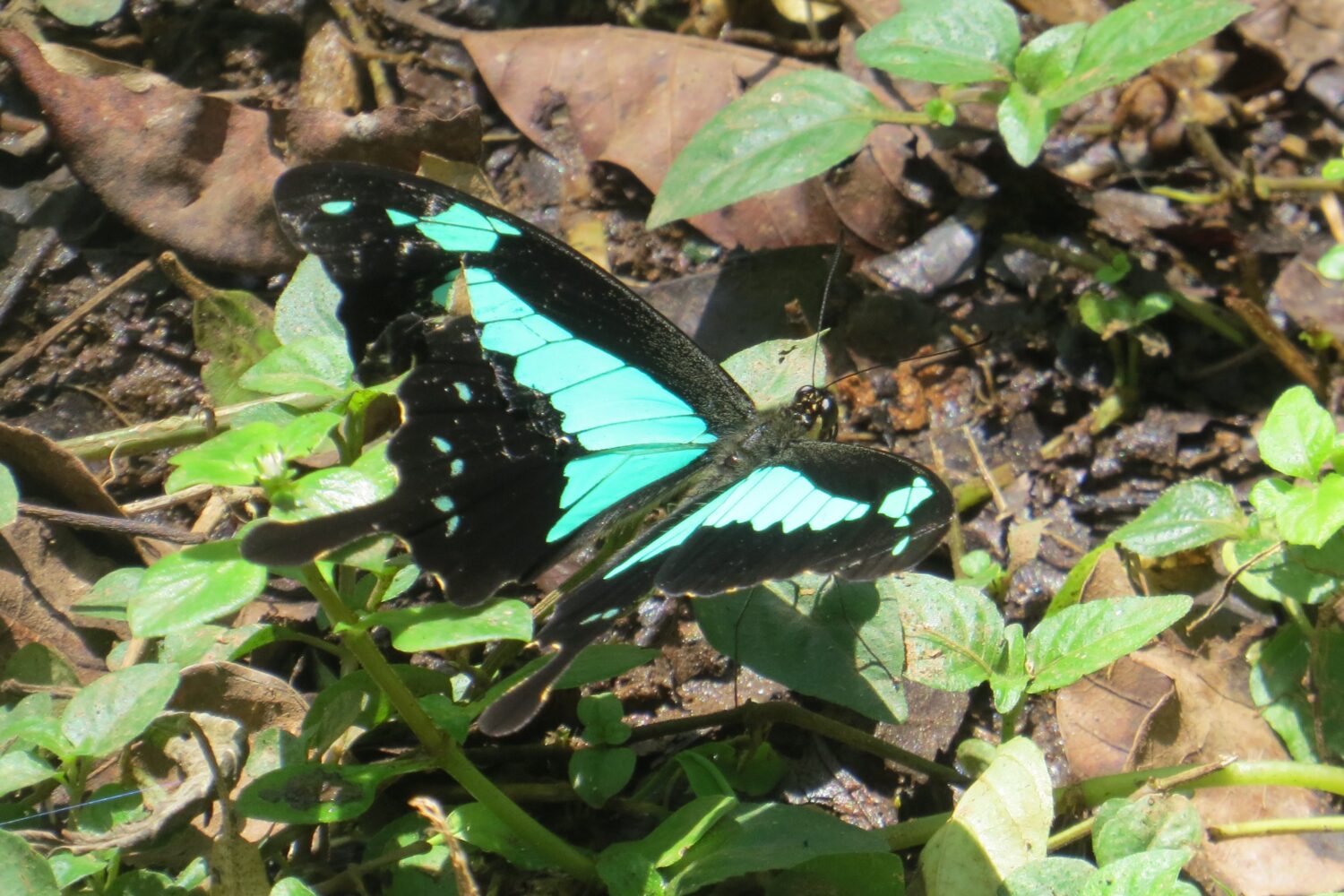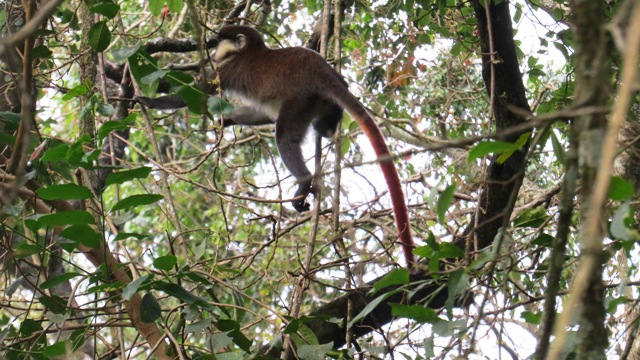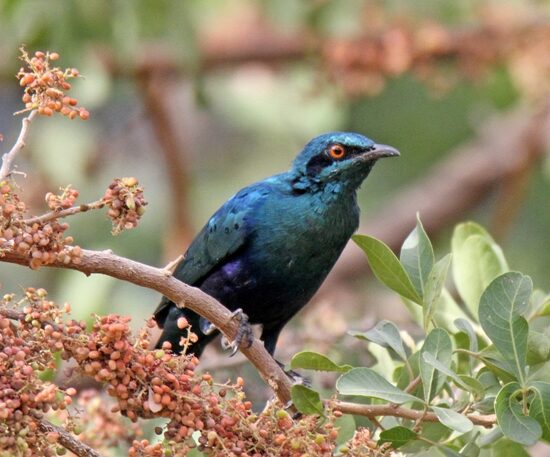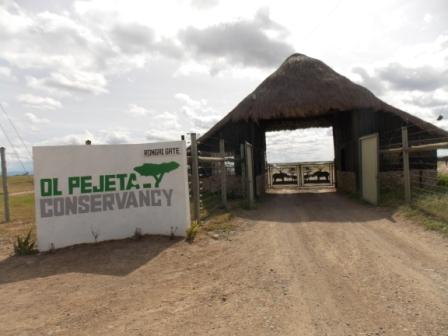Kakamega Forest Reserve has an area of 240 kilometers square. Kakamega forest is a tropical rainforest easternmost remnant of once continuous forest spreading from the Congo basin to East Africa and Central Africa, located in Western Kenya about 40 kilometers northeast of Kisumu along the northeastern rim of Lake Victoria basin

